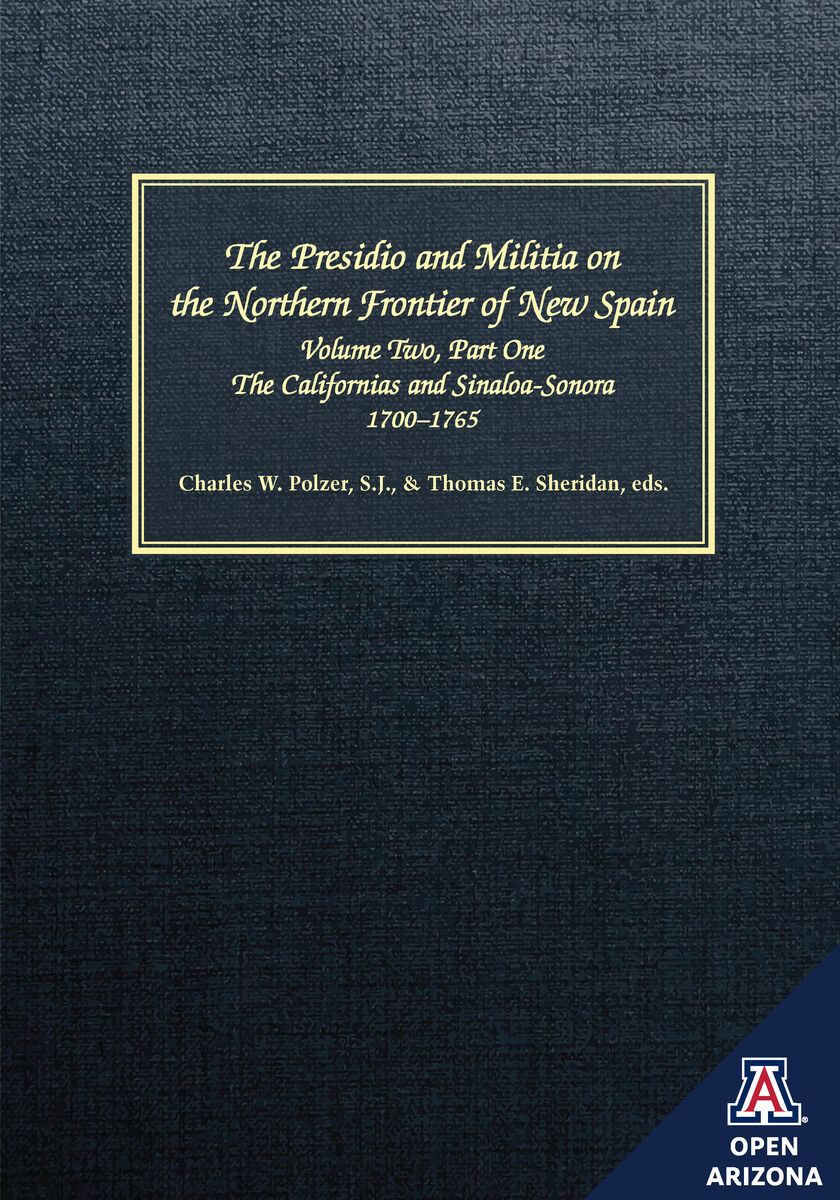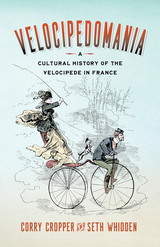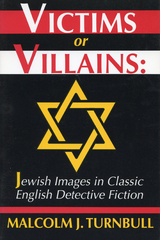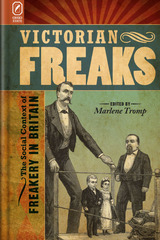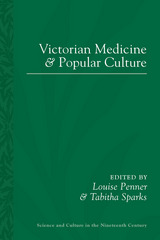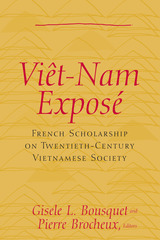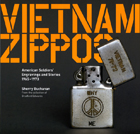The Presidio and Militia on the Northern Frontier of New Spain: A Documentary History, Volume Two, Part One: The Californias and Sinaloa-Sonora, 1700-1765
University of Arizona Press, 1997
eISBN: 978-0-8165-4076-1 | Cloth: 978-0-8165-1692-6
See other books on: Documentary History | Militia | New Spain | Polzer, Charles W. | Sheridan, Thomas E.
See other titles from University of Arizona Press
eISBN: 978-0-8165-4076-1 | Cloth: 978-0-8165-1692-6
ABOUT THIS BOOK | TOC
ABOUT THIS BOOK
Acclaimed by readers and reviewers alike, the first volume of The Presidio and Militia on the Northern Frontier of New Spain was a landmark in the documentary study of seventeenth-century Spanish Colonial Mexico. Here, Charles W. Polzer and Thomas E. Sheridan bring the same incisive scholarship and careful editing to long-awaited Volume Two, covering the years 1700-1765.The two-part second volume looks at the Spanish expansion as occurring in four north-south corridors that carried the main components of social and political activity. Divided geographically, materials in this book (part 1) relate to the two westernmost corridors, while those in the projected book (part 2) will cover the corridors north to New Mexico and northeast into Texas. Documents in both books demonstrate the importance of regional hostilities rather than exterior threats in the establishment of presidios.Materials in this book relate to events and episodes in the Californias (the peninsula of Baja California) where the situation of the presidial forces was unique in New Spain. By bringing into focus the ways that civil-religious relations affected the military garrison there, these documents contribute immeasurably to a greater understanding of how California itself emerged in history. Also covering Sinaloa and Sonora, the mainland of the west coast of New Spain, records in the book reveal how the Sinaloa coastal forces differed from those in the interior and how they were depended upon for protection in the northern expansion, both civil and missionary.Because documents on the presidios in northern New Spain are vast in number and varied in content, these selections are meant to provide for the reader or researcher a framework around which more elaborate studies might be constructed. All of the records have been translated from the Spanish language into readable, modern English and are accompanied by transcribed versions of the originals.Valuable to both non-specialists and specialists, here is an unparalleled resource important not only for the careful selection, preparation, and presentation of documents, but also for the excellent background information that puts them into context and makes them come alive.
See other books on: Documentary History | Militia | New Spain | Polzer, Charles W. | Sheridan, Thomas E.
See other titles from University of Arizona Press
